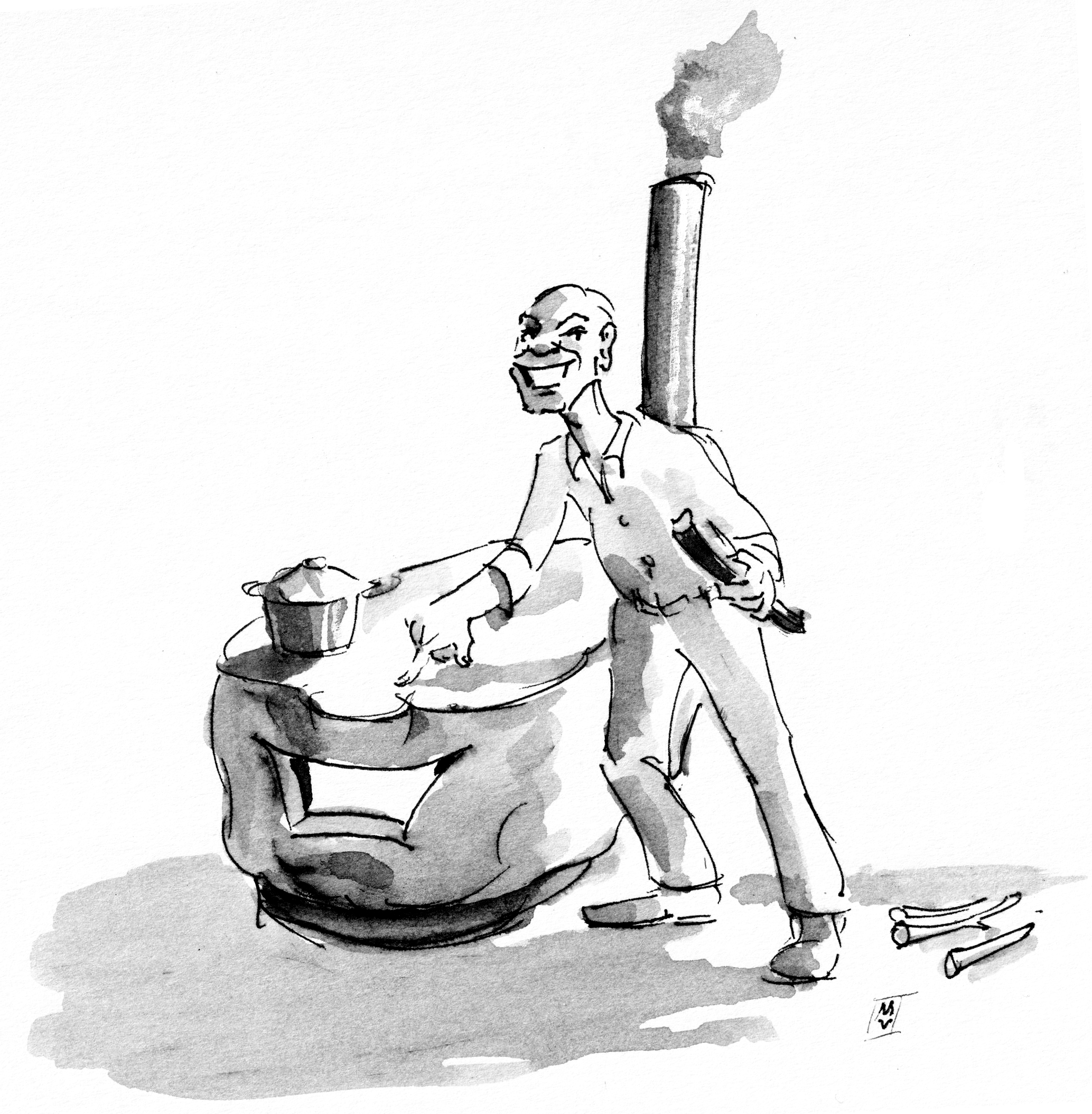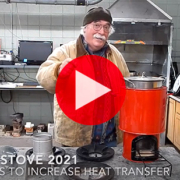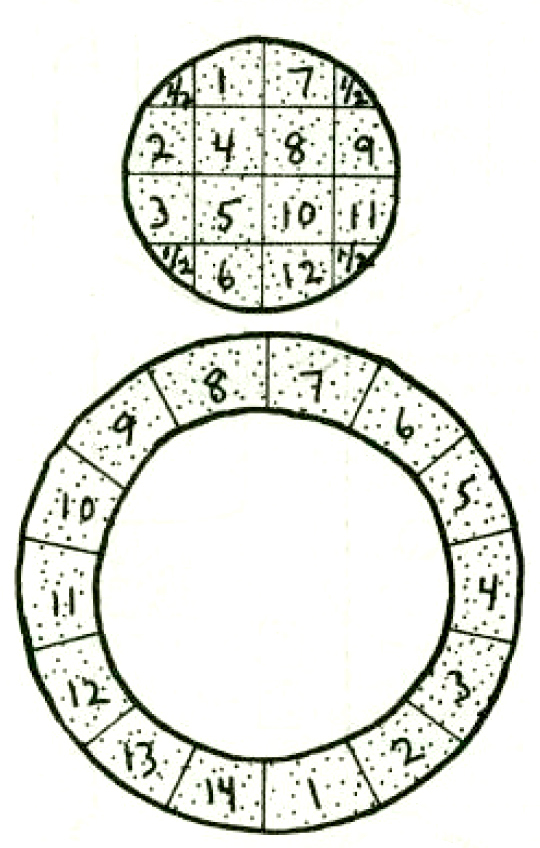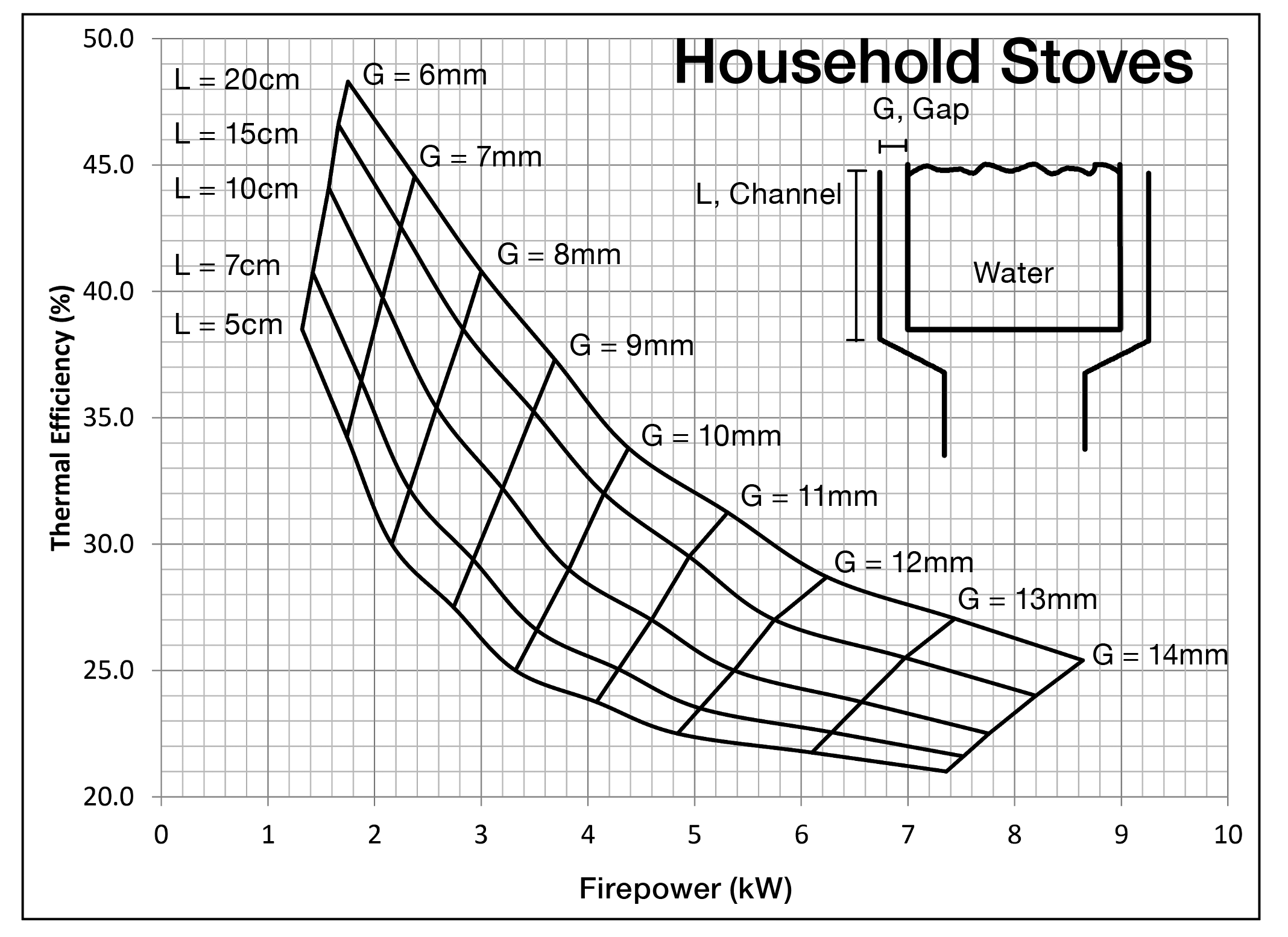We won the Tibbets Award!
ASAT, the for-profit arm of Aprovecho, has been awarded a prestigious Tibbetts Award by the US Small Business Administration. The Tibbets Award is given for demonstrating significant economic and social impact from the R&D funding provided by SBIR (Small Business Innovation Research) grants. ASAT received EPA SBIR grants that enabled the research and development of:
- The Jet-Flame that increases combustion efficiency (costs around $11). See: www.Jet-Flame.com
- An air cooled thermoelectric generator (water cooling is hard to install).
- A low cost, easily cleaned electrostatic precipitator (90% reduction of soot).
- The Integrated Stove. See: www.ssmstoves.com/project/m55/
We partnered with the Gates funded Global Health Lab to develop the Jet-Flame. They have recently supported sending Jet-Flame samples worldwide. C-Quest Capital (CQC) has completed several pilots and has plans to do projects in Africa, Asia, and India. A factory in Malawi is gearing up to build Jet-Flames and solar systems with carbon credits from CQC.
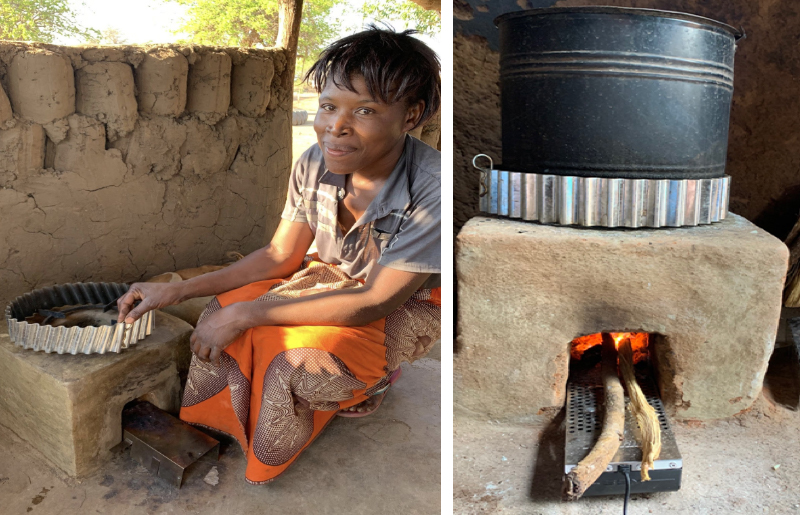
“C-Quest Capital is committed to the Jet-Flame as a truly breakthrough technology. Our stoves in Malawi now use less wood, women save time cooking, and breathe a lot less smoke.”
–Ken Newcombe, CEO, C-Quest Capital
The clean combustion of biomass adds homegrown power to the energy mix here in the USA and in other countries. Without the EPA SBIR this would not have happened! To learn more about the Tibbets Award, visit tibbetsawards.com.


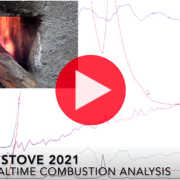
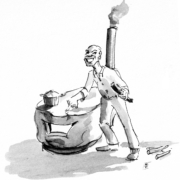 Maurice Van
Maurice Van